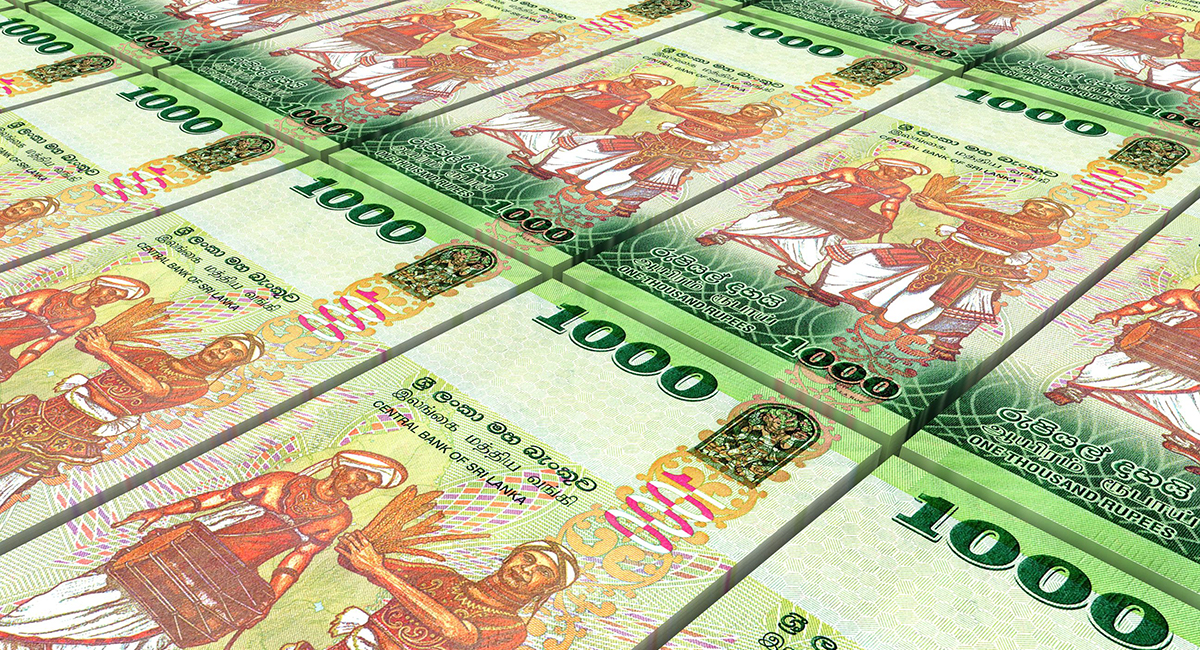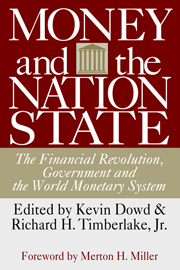Here we go again. The International Monetary Fund (IMF) is in command of Sri Lanka’s economy, barking orders and making demands in an effort to restore macroeconomic stability. The pattern is a familiar one. Back in April 2022, Sri Lanka’s currency collapsed, having depreciated by 44 percent against the U.S. dollar since President Gotabaya Rajapaksa took office in 2019, and, according to our measure, inflation reached a stunning 74.5 percent per year. Sri Lanka even suspended payments on its external debt. Then the IMF fire brigade arrived.
On September 1, 2022, the IMF reached a staff-level agreement to support Sri Lanka’s economy with a 48-month lending arrangement of roughly $2.9 billion. Now, the IMF is withholding the cash until Sri Lanka raises corporate-income and value-added taxes, cuts government spending, and reaches a debt-restructuring agreement with two of its largest creditors, China and India. The IMF is confident that these measures, among others, will stabilize Sri Lanka’s economy.
There’s just one little problem. This is Sri Lanka’s 17th IMF program. In fact, Sri Lanka has been on IMF life support nearly continuously since 1965. None of the previous IMF programs have permanently stabilized Sri Lanka’s economy. Why should the 17th? As the famous, often-misattributed, quote goes: “Insanity is doing the same thing over and over again and expecting different results.” By this standard, both Sri Lanka and the IMF crossed the threshold of insanity long, long ago.
There’s little empirical evidence to suggest that Sri Lanka’s shiny new IMF program will be any more successful than the past ones. A recent working paper by researchers at the Johns Hopkins Institute for Applied Economics, Global Health, and the Study of Business Enterprise analyzed the effect of IMF loan programs, in the three years following the adoption of a program, on macroeconomic indicators from 2000 to 2010. The authors found that IMF lending arrangements resulted, on average, in a 5.8 percent increase in the unemployment rate, while control-group countries—countries that faced similar economic circumstances but did not implement IMF programs—experienced an average 7 percent decline in unemployment.
Other indicators tell a similar story. Countries with IMF programs fared worse than control-group countries in terms of real GDP growth, real export-value growth, and in the reduction of government debt. This research suggests that many countries would have been better off without any IMF assistance at all.
Sri Lanka’s economy is still in bad shape. Since Gotabaya Rajapaksa was elected in November 2019, the Sri Lankan rupee has shed 52 percent of its value against the U.S. dollar. Using purchasing power parity, one of us (Hanke) accurately measures inflation in Sri Lanka at a roaring 106 percent per year as of January 12. Since May 2022, foreign reserves have officially hovered around $1.8 billion, but a reported $1.4 billion of those reserves are locked away in a swap with the People’s Bank of China. So, if Sri Lanka’s economy needs stabilizing and a positive confidence shock, and another IMF program is not the answer, what is?
It’s time for Sri Lanka to mothball its central bank and replace it with a currency board. A currency board issues notes and coins convertible on demand into a foreign anchor currency at a fixed rate of exchange. It is required to hold anchor-currency reserves equal to 100 percent of its monetary liabilities.
A currency board, unlike the Central Bank of Sri Lanka, has no discretionary monetary powers and cannot issue credit. It therefore imposes a hard budget constraint on the fiscal authorities. Its sole function is to exchange the domestic currency it issues for an anchor currency at a fixed rate.
Currency boards require no preconditions and can be installed rapidly. They have existed in some 70 countries. None have failed, including the one that one of us (Hanke), designed and installed in Bulgaria in 1997. It immediately smashed a hyperinflation, caused interest rates to plunge, forced the fiscal authorities to balance the budget, and, with its positive confidence shock, spurred economic growth.
Today, thanks to its currency board, Bulgaria has the second-lowest debt-to-GDP ratio of any country in the European Union. Even the IMF heaped praise on currency boards a year after the installation of Bulgaria’s. A 1998 IMF publication noted that “currency boards in many countries have achieved impressive economic results, both in achieving lower inflation than other exchange rate regimes and in stabilizing expectations after prolonged hyperinflation.”
As it turns out, Sri Lanka (formerly Ceylon) had a currency board from 1884 to 1950. In 1884, the largest financial institution in Ceylon, the Oriental Bank Corporation, experienced an acute liquidity shortage due to bad loans to coffee plantations and subsequently failed. This sparked a run on two other banks, the Chartered Mercantile Bank and the Bank of Madras. With the crisis escalating, the colonial government quickly established a currency board, issuing fully backed, convertible-on-demand government notes—paper money. With that, the crisis was history.
It’s time for Sri Lanka to do the one and only thing that will permanently remove it from the IMF’s intensive-care ward. It should revert to a currency-board system, like the one it had for 66 years.











